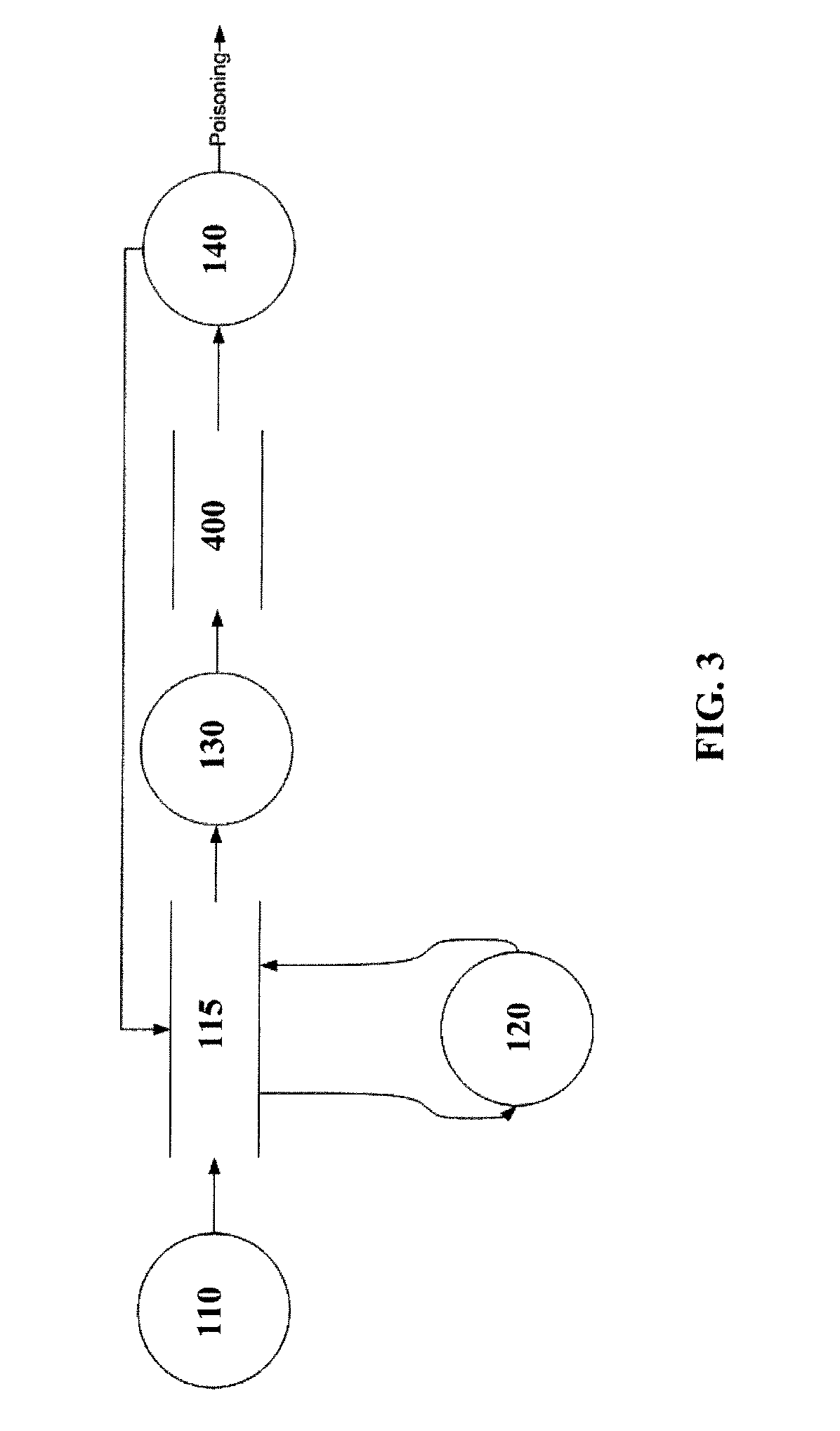The current IT security landscape is dreary.
Today, security threats are rapidly increasing.
Currently all aspects of the network experience are affected by security threats, from the
quality of experience, to the network infrastructure.
One of the main problems that commercial systems face today is
identity theft.
By supplanting a customer, a criminal might cause harm to the customer, the
system, the
system provider's reputation, or all of them.
For example, if a
bank customer has the identity of some customers stolen, its customers will suffer financial loss in the first stage.
But the financial loss can possibly be transferred to the
bank, depending on the legislation, and in any case the
bank's reputation will suffer even if it wasn't its fault to begin with.
The early attacks imitated bank websites, but were both crude and greedy.
Thus, even if the user is fooled into visiting a
phishing site, since the
phishing site's URL will be different from the legitimate one, the
password that will be sent will also be different (and useless to the phisher).
The problem with passwords manglers is that work fine in theory but are tricky to implement in practice, since there are some problems to implement them, such as:Sites with different domains that share the passwords (such as amazon.com, amazon.co.uk) are a problem.The automatically generated passwords might break some sites
password rules.The
software must be already be in use when registering in a new site.Some bank sites don't allow users to choose their own passwords.
Roaming is difficult for customers: they cannot just use another computer or device.They don't protect against keyloggers at all.It depends on the customer's discipline: customers have to install and maintain the
password mangler
software.
The problem is that
client certificates stored on
software do not add any actual protection against
identity theft, since the criminals can ask for the
key storage file instead of the user's password.
Client certificates stored on hardware are an effective mechanism against some kinds of
identity theft, but they require non standard hardware on the customer's device, and will not work on many of the current mobile devices.
This solution can be effective, but it will not protect against
malware that just steals the password database, and it make user's
roaming difficult.
The problem is that there currently exists software to defeat this protection.
If the customers do not visit the
phishing site and they do not install malware on their computer, then the phishing problem would go away.
However, this is an unending arms race.
These reactive defence mechanisms work to limit the damage done on each
attack (by closing the fake sites as soon as possible), but they do not eliminate the problem and they do nothing to identify customers that might have been affected before the fake site takedown.
The problem with this solution is that it requires the false data to be previously provided.
More importantly, only some of the false data is used to identify fraudulent access, and there is no way to identify legitimate users affected.
Also,
patent document WO 2009 / 055785-A2 describes a system to be implemented on
service provider systems—particularly banks—that based on a pre-generated database of false identifying data allows the detection of access to the false accounts, and the tracking of the actions executed by the criminals on the system, This solution also requires some false data to be previously provided, with a set of restrictions that severely limits the maximum practical size of the false
data set.
It allows the identification of an affected legitimate user, but with two important problems that make it ineffective:
Since the maximum
dilution will be very small—caused by the limited size of the false
data set—the effectiveness will be severely hampered.
More importantly, the detection is made after the fact—after the legitimate user account has been accessed and potentially the fraud has been committed.
But there is no bullet proof measure against phishing, and as such, every year thousands of accounts are compromised.
Currently there are no methods to identify identity theft fraud before the fraud (be it read mail, distribute spam, or plain theft in case of bank credentials) has been committed.
So the problem remains: how to detect identity theft before the actual harm—fraud—has been committed.
 Login to View More
Login to View More  Login to View More
Login to View More 


